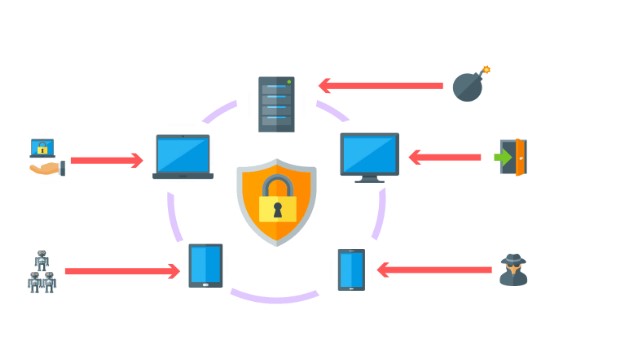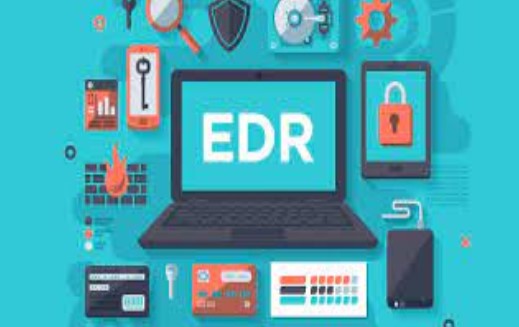It may feel that the number of cyber dangers is growing exponentially, but that is mostly the case. Cybercriminals can breach 93% of enterprise networks, and attacks appear to have increased by 15% in the past year. Neither the dangers nor their sophistication will go away any time soon.
Keeping your network safe from ever-increasing security risks requires a multilayered approach. One of the most important ways to keep your network secure is to guard its endpoints, the most vulnerable links in the security chain.
Using EDR, or Endpoint Detection and Response, is a fantastic method of safeguarding your endpoints. Simply put, what is EDR? Please continue reading to find out what is an EDR scan, how EDR functions, and why it is so important.
What Is It?
By combining features like continuous monitoring, expert management, and reaction orchestration, Endpoint Detection and Response (EDR) provides comprehensive security for user-end devices. EDR is a security solution that prevents hackers from gaining access to a network through compromised endpoints, such as laptops, desktops, and mobile devices.

Since EDR is developed explicitly for particular dangers, EDR service providers may offer a team of professionals to monitor a network around the clock for new risks that other solutions may overlook.
Response orchestration is a part of EDR used to lessen or eliminate threats before they can do any significant damage. Endpoint detection and response (EDR) is a security solution that protects network endpoints that can function in tandem with other security measures.
In what way does EDR function?
First by recording events across all workloads and endpoints, EDR software and apps provide security teams with complete visibility into network activity. Discovering unfavorable situations like data loss, intrusions, or malware assaults requires having full visibility into all actions taking place on endpoints.
Unauthorized file transfers or login attempts from strange devices at odd times are just two examples of suspicious behavior that an EDR system might uncover. Because of this information, security teams can immediately respond to prevent compromising a system or data's availability, confidentiality, and integrity.
In addition, EDR technology uses AI and ML algorithms to scan user activity and behavior via deployment continually. Therefore, EDR technology can identify when a user displays anomalous activity, such as trying to access resources beyond the scope of their authorized access. Such instances can be marked as potentially dangerous events by the EDR system, which then triggers quick alerts to security personnel for further analysis and action.

Utilization and Capabilities of Endpoint Detection and Response
Endpoints are the primary focus of EDR, and they might be either client workstations or server computers. They offer protection for various OSes (Windows, macOS, Linux, BSD, etc.) but lack a network monitoring component.
Security information and event management refer to a system that collects data from various places, such as endpoints, firewalls, network scanning, and internet logs (SIEM). However, security vendors may include EDR in a broader security information and event management (SIEM) package for a security operations center (SOC) to analyze and respond to security incidents.
When it comes to information security, EDR can't be ignored. It's not an antivirus program. However, it may include antivirus features or get information from one. A well-executed endpoint protection and response tool identifies new exploits while they are running and detects malicious behavior by an attacker during a live event. In contrast, antivirus software is primarily responsible for guarding against known harmful software. This means that EDR can protect against threats that regular antivirus cannot, such as fileless malware assaults and those that use stolen credentials. However, many EDR systems are already included in the latest generation of antivirus software.
Criteria for Selecting an Effective Dispute Resolution System
Finding what is an EDR Scan and EDR solution with just the essentials you need should be your priority. A resolution needs a crucial feature to give your network the security it needs. However, there are various other factors to consider when picking an EDR system. How to choose an EDR solution is described.
You should also evaluate the solution's ease of implementation and how well it would mesh with your existing security infrastructure and practices. If you want the most security for the least amount of money, an EDR solution is the way to go.
Bottom Line
Now, if you know to What is an EDR scan? And why it is important for keeping your endpoints safe from the growing number of cyberattacks. The secret to successfully preventing network intrusions may lie in selecting an EDR solution that provides your team with the capabilities and security it needs. As of right now, the danger has passed. Therefore, scanning the EDR is important to get the most of it.